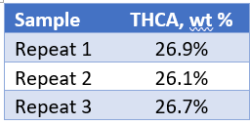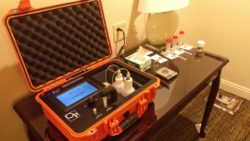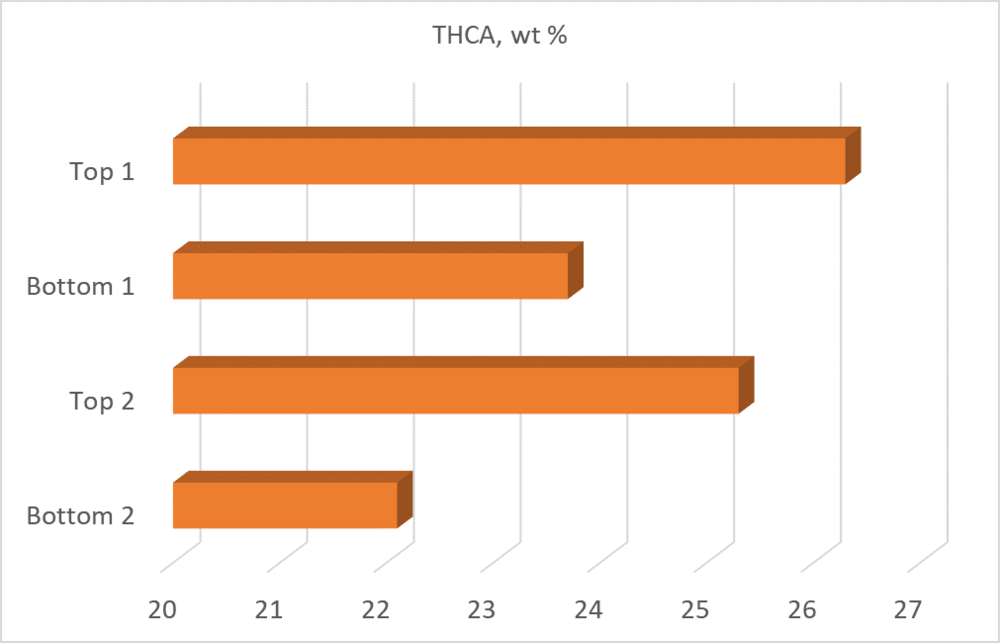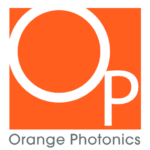BY DYLAN WILKS, CTO
In Testing For Truth Part 1 article, we found that the position of a bud on the plant does matter- buds near the top tend to be higher in potency than those near the bottom. That means growers need to be aware of this, and possibly adjust their lighting, plant spacing, etc. to reduce variation. Doing so will improve the quality and experience for customers. While this is good information to know, what about variation across a single bud? Anecdotal evidence suggests that the very tip of a flower will have the highest potency. After all, it looks the best, typically covered with trichomes. But at Orange Photonics, we want to do better than make an educated guess, so we put some buds to the test.
Cannabis Buds Tested Tip to Toes
We selected two high quality buds from a well-established grower of the same strain (a Sativa dominant hybrid). While a test on multiple strains would be better, this test was intended to at least provide a baseline of expected variation. The flowers were approximately 1g each. Both were cut in half so that the tip was separated from the bottom of the flower. The halves were ground up and a portion of each was analyzed for potency.

Before starting the test, we decided to check the repeatability of the LightLab to ensure that the variation in bud potency could be seen through any analyzer variation. The results in the following table show the same sample extracted and measured 3 times. Tetrahydrocannabinolic acid (THCA) is shown since it was the dominant cannabinoid present in these flowers.

Now that we have an idea of LightLab repeatability, we can begin the tests. These tests were completed during some down time at a hotel. Total testing time was just over an hour. LightLab is easy enough to set up and run in just about any space, though I’m not sure what housekeeping would have thought had they seen the tests in full swing.
Testing for Truth Results: Confirmed
What we found was consistent with the anecdote. The tip of the bud did indeed have higher potency than the bottom. Both buds were about 3% higher on the tip than the bottom. That’s quite a big difference considering it’s the same exact bud in both cases.

Discussion
These results bring up some interesting points. First, when a sample is sent to a lab for testing, they will test whatever bud is given to them. Let’s assume for a minute that the laboratory has no errors (this is far from reality of course). If you sent the top and bottom of the same bud they would provide results that show a 3% difference. It really matters what you put in that jar to send out for lab testing. Second, if consistency is your goal for your customers, proper sampling should be done to ensure the test results represent the crop being tested. While some states are working on sampling requirements, it’s still early days. We recommend selecting a “sentinel” plant in the middle of the grow area. When testing, select at least a bud from the top, middle and bottom. Homogenize the entire bud with a grinder before running. Finally, average the three results- that will give you a real idea of the potency of a current crop.





